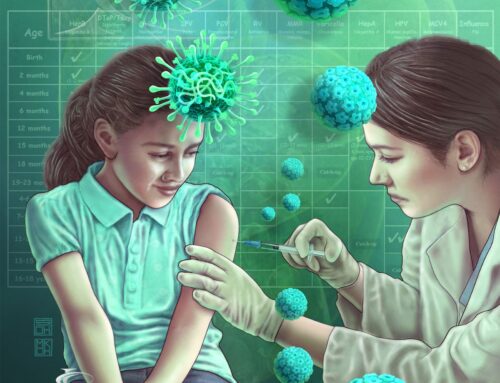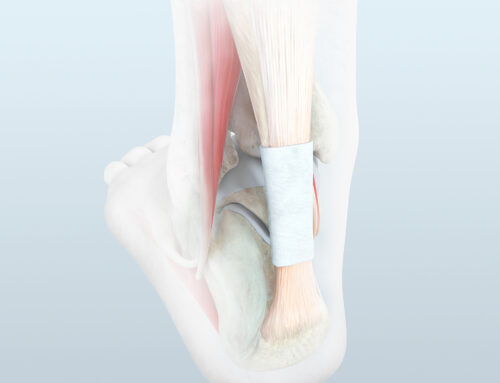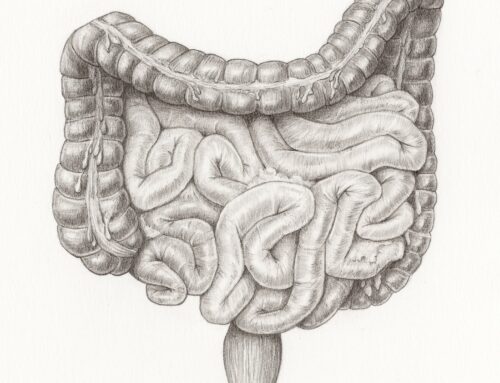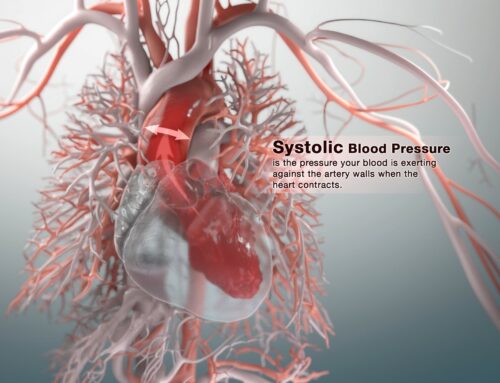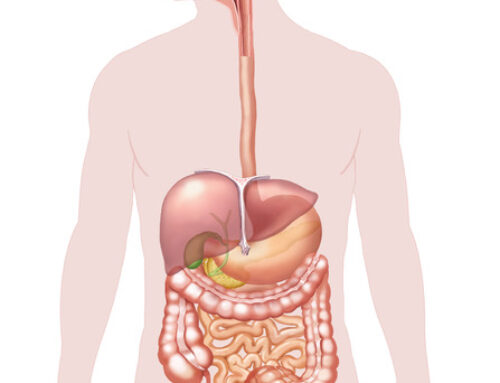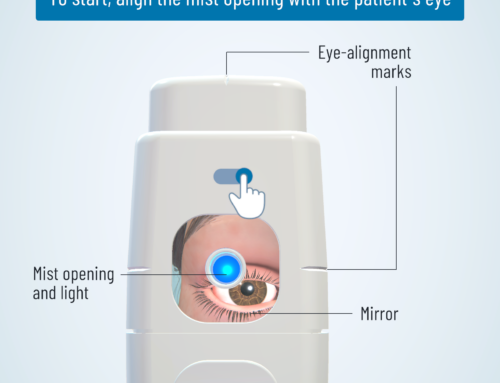The following article released by scientific communications company Cognition Studio, Inc., explores the spread of COVID-19 as an emerging global health risk. Through combining current research, the virus’s anatomical structure, and outbreak statistics, Cognition Studio developed this visual presentation to demonstrate how visual graphics can be utilized to explain complex concepts to a variety of audiences.
COVID-19 & SARS-CoV-2 by Cognition Studio, Inc.
Background
The novel coronavirus, SARS-CoV-2, is the cause of COVID-19, a severe respiratory disease first detected in Wuhan, China. The spread of COVID-19 is an emerging global health risk that is similar in many ways to the severe respiratory disease, SARS, that emerged in 2002.
Signs & Symptoms
The Center for Disease Control & Prevention (CDC) believes at this time that symptoms of COVID-19 may appear in as few as 2 days or as long as 14 after exposure. Symptoms include fever, coughing, and shortness of breath.1 The World Health Organization (WHO) reports ~20% of patients appear to progress to severe respiratory disease, including pneumonia, respiratory failure, and in some cases death.2

In a recent study of the first 99 patients with COVID-19, researchers found that the virus appears to preferentially affect older men. 3
Spread of Infection
The WHO has designated the outbreak a global health emergency.³ As of February 14th, 2020, there have been 66,962 confirmed cases and 1,523 deaths due to COVID-19 infection. Total recovered patients have reached 8,098. However, the proportion of infected individuals with mild or no symptoms is missing from this data; accounting for this “hidden” data would mean the lethality of COVID-19 is lower than current estimates.4

China is under a Very High Risk from COVID-19.² The disease appears to be spreading among people in all major cities in China.
Anatomy of SARS-CoV-2
The structure of SARS-CoV-2 is undergoing a deep investigation to understand how the virus targets respiratory cells in the lungs. Efforts are ongoing with the hope of quickly designing effective treatments, such as a vaccine or antiviral drug.
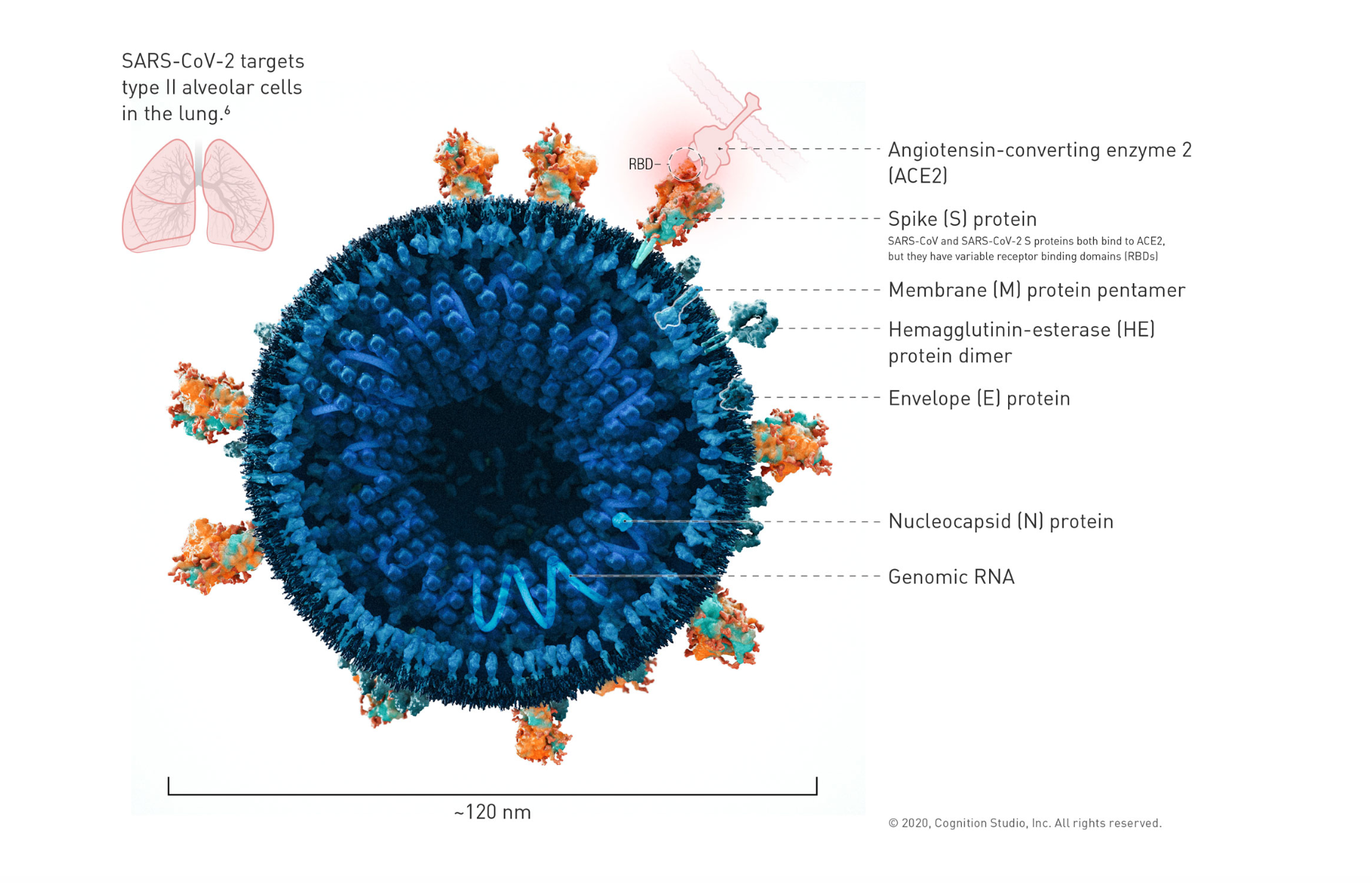
Situation in Numbers:
How COVID-19 Compares to Other Outbreaks
As more cases emerge, medical professionals and researchers have been able to identify distinguishing traits of COVID-19. Here is a look at three notable viral diseases to show how COVID-19 compares.
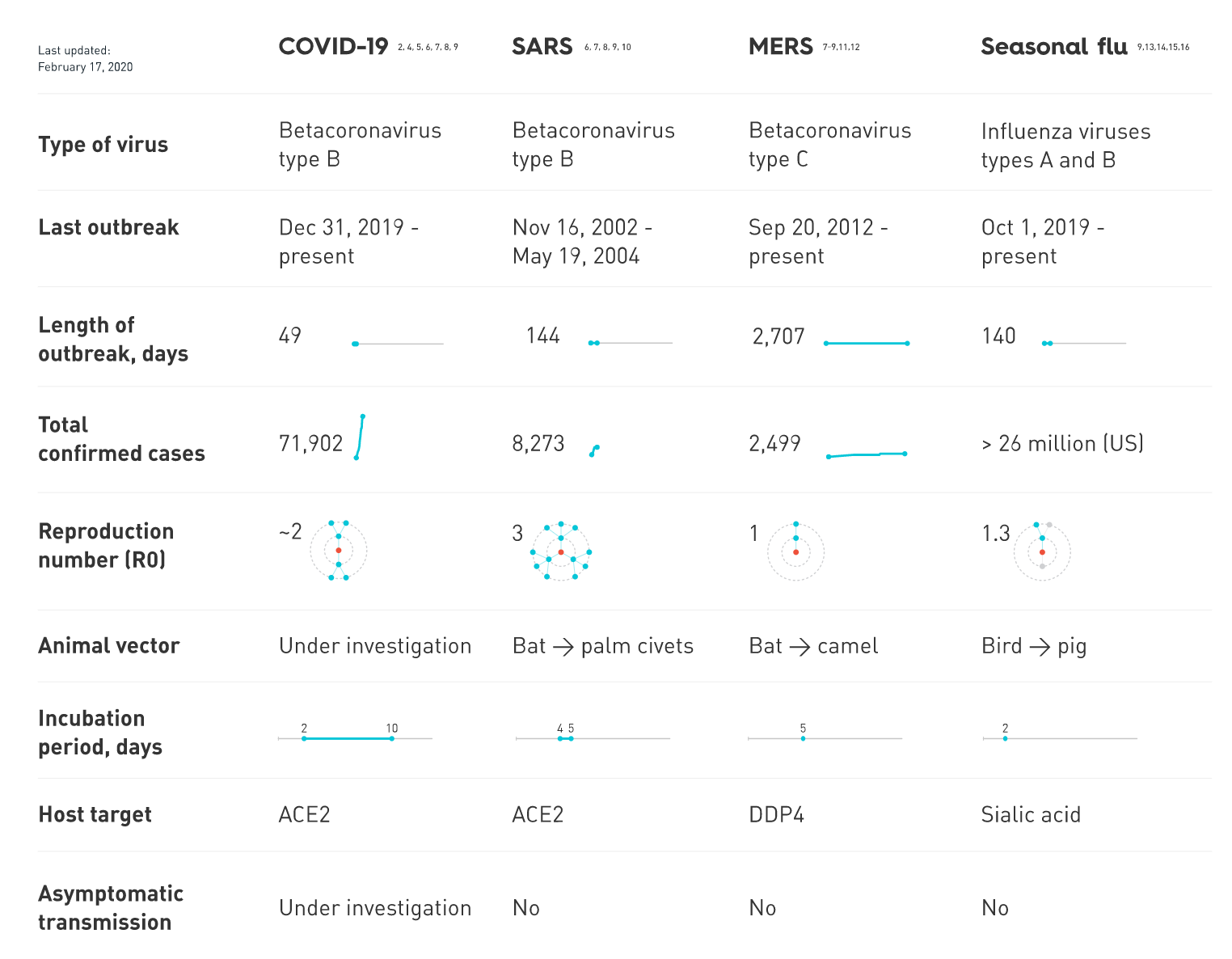
References
- Huang C, Wang Y, Li X, et al. Clinical features of patients infected with 2019 novel coronavirus in Wuhan, China. The Lancet. January 2020. doi:10.1016/s0140-6736(20)30183-5
- World Health Organization (2020). Novel Coronavirus (2019-NCoV) Situation Reports. who.int/emergencies/diseases/novel-coronavirus-2019/situation-reports/
- Chen N, Zhou M, Dong X, et al. Epidemiological and clinical characteristics of 99 cases of 2019 novel coronavirus pneumonia in Wuhan, China: a descriptive study. The Lancet. 2020.
doi:10.1016/s0140-6736(20)30211-7. - “The Urgent Questions Scientists Are Asking About Coronavirus.” The New York Times, 10 Feb. 2020, https://www.nytimes.com/2020/02/10/opinion/coronavirus-china-research.html
- Branswell H. The Coronavirus Questions That Scientists Are Racing to Answer. Scientific American. https://www.scientificamerican.com/article/the-coronavirus-questions-that-scientists-are-racing-to-an swer/. Published January 28, 2020.
- Zhao Y, Zhao Z, Wang Y, Zhou Y, Ma Y, Zuo W. Single-cell RNA expression profiling of ACE2, the putative receptor of Wuhan 2019-nCov. BioRxiv (preprint). 2020. doi:10.1101/2020.01.26.919985
- Centers for Disease Control and Prevention. https://www.cdc.gov/coronavirus/types.html. Published January 10, 2020. Accessed February 11, 2020.
- Zhao S, Lin Q, Ran J, et al. Preliminary estimation of the basic reproduction number of novel coronavirus (2019-nCoV) in China, from 2019 to 2020: A data-driven analysis in the early phase of the International Journal of Infectious Diseases. 2020. doi:10.1101/2020.01.23.916395
- @DrewQJoseph AJ, Joseph A, Joseph A, et al. First case of coronavirus spread by a person showing no STAT.
- “Cumulative Number of Reported Probable Cases of Severe Acute Respiratory Syndrome (SARS).” World Health Organization, World Health Organization, 23 July 2015, who.int/csr/sars/country/en/.
- “Middle East respiratory syndrome.” World Health Organization, World Health Organization, emro.who.int/health-topics/mers-cov/mers-outbreaks.html.
- Factsheet about Middle East respiratory syndrome coronavirus (MERS-CoV). European Centre for Disease Prevention and Control.
https://www.ecdc.europa.eu/en/middle-east-respiratory-syndrome-coronavirus/factsheet. Published February 10, 2020. Accessed February 11, 2020. - Types of Influenza Viruses. Centers for Disease Control and Prevention. https://www.cdc.gov/flu/about/viruses/types.htm. Published November 18, Accessed February 11, 2020.
- “Weekly U.S. Influenza Surveillance Report.” Centers for Disease Control and Prevention, Centers for Disease Control and Prevention, 7 Feb. 2020, www.cdc.gov/flu/weekly/index.htm
- Biggerstaff M, Cauchemez S, Reed C, Gambhir M, Finelli L. Estimates of the reproduction number for seasonal, pandemic, and zoonotic influenza: a systematic review of the literature. BMC Infectious Diseases. 2014;14(1). doi:10.1186/1471-2334-14-480
- Transmission of Avian Influenza A Viruses Between Animals and People. Centers for Disease Control and Prevention. https://www.cdc.gov/flu/avianflu/virus-transmission.htm. Published February 10, 2015. Accessed February 11, 2020.


